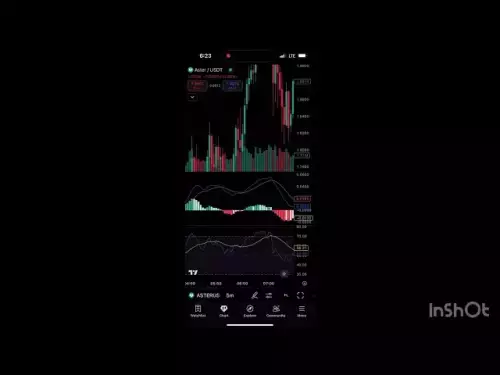Miners want to secure large data center capacity with access to low cost power and capital, the report said.

Bitcoin (BTC) mining is becoming increasingly consolidated, with a few large companies controlling a majority of the hashrate. This consolidation was triggered by the recent halving in April, which made it more difficult for small miners to operate profitably.
As a result of the consolidation, several mergers and acquisitions (M&A) have taken place in the mining sector. For example, Bitfarms (BITF) is planning to acquire Stronghold Digital Mining (SDIG). This deal is significant because Bitfarms was the subject of an unsolicited takeover offer from rival miner Riot Platforms (RIOT) in May.
Hostile M&A can be difficult in technology and financial services businesses, which rely on the talent of people. However, bitcoin mining is very different, where physical facilities with access to electricity and widely available computing equipment are the core assets.
The consolidation of the mining sector is ironic, given that bitcoin creator Satoshi Nakamoto's original vision was that anyone could set up a computer to mine the cryptocurrency and that no one would control a large amount of the hashrate. Hashrate is a proxy for competition in the industry and mining difficulty.
The effects of concentration in the mining sector are yet to be seen, but some like Jack Dorsey and the Block (SQ), the company he founded, are attempting to reverse this trend by “building semiconductors and systems to support a return to mining decentralization.”
Disclaimer:info@kdj.com
The information provided is not trading advice. kdj.com does not assume any responsibility for any investments made based on the information provided in this article. Cryptocurrencies are highly volatile and it is highly recommended that you invest with caution after thorough research!
If you believe that the content used on this website infringes your copyright, please contact us immediately (info@kdj.com) and we will delete it promptly.














































































